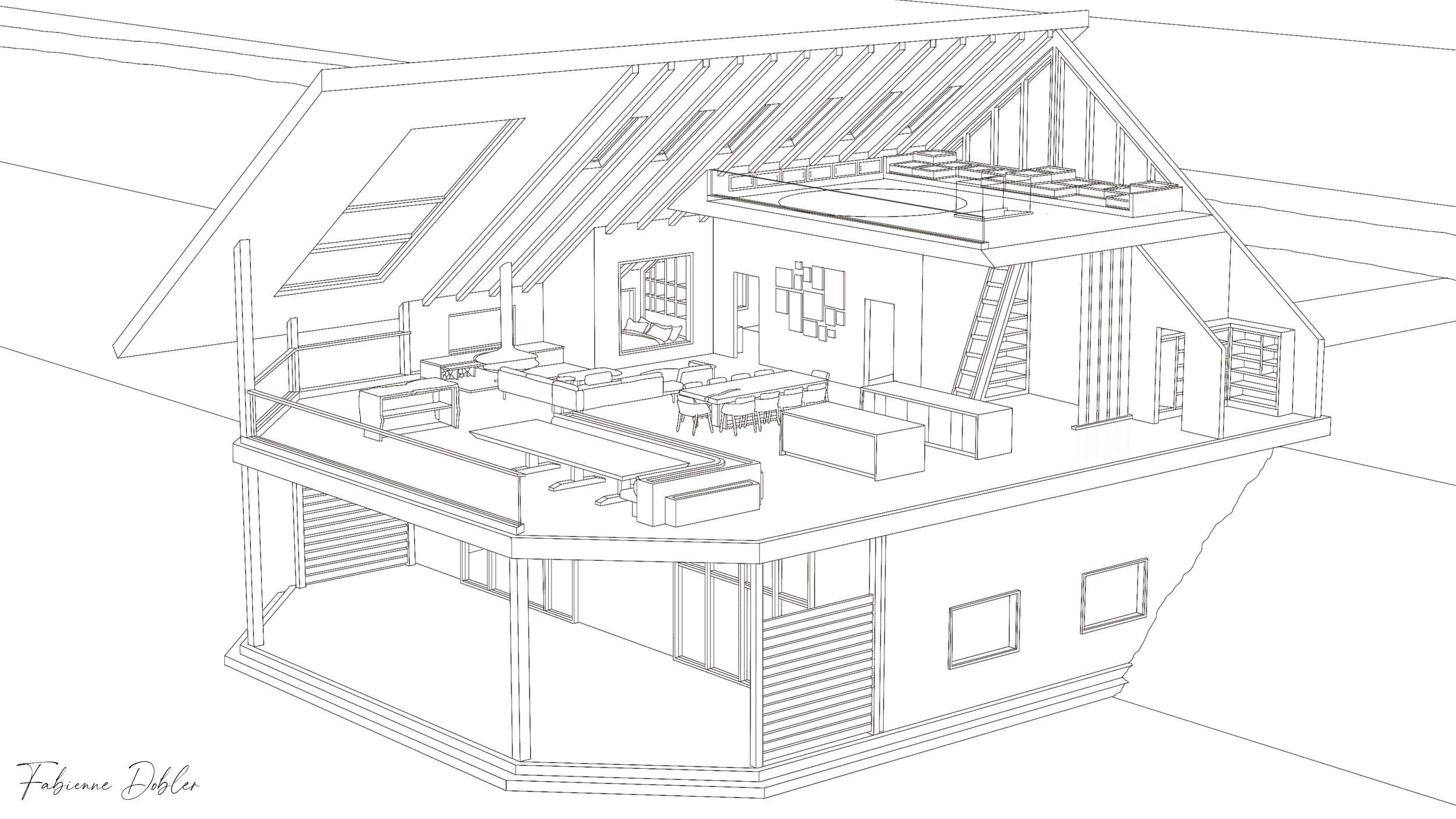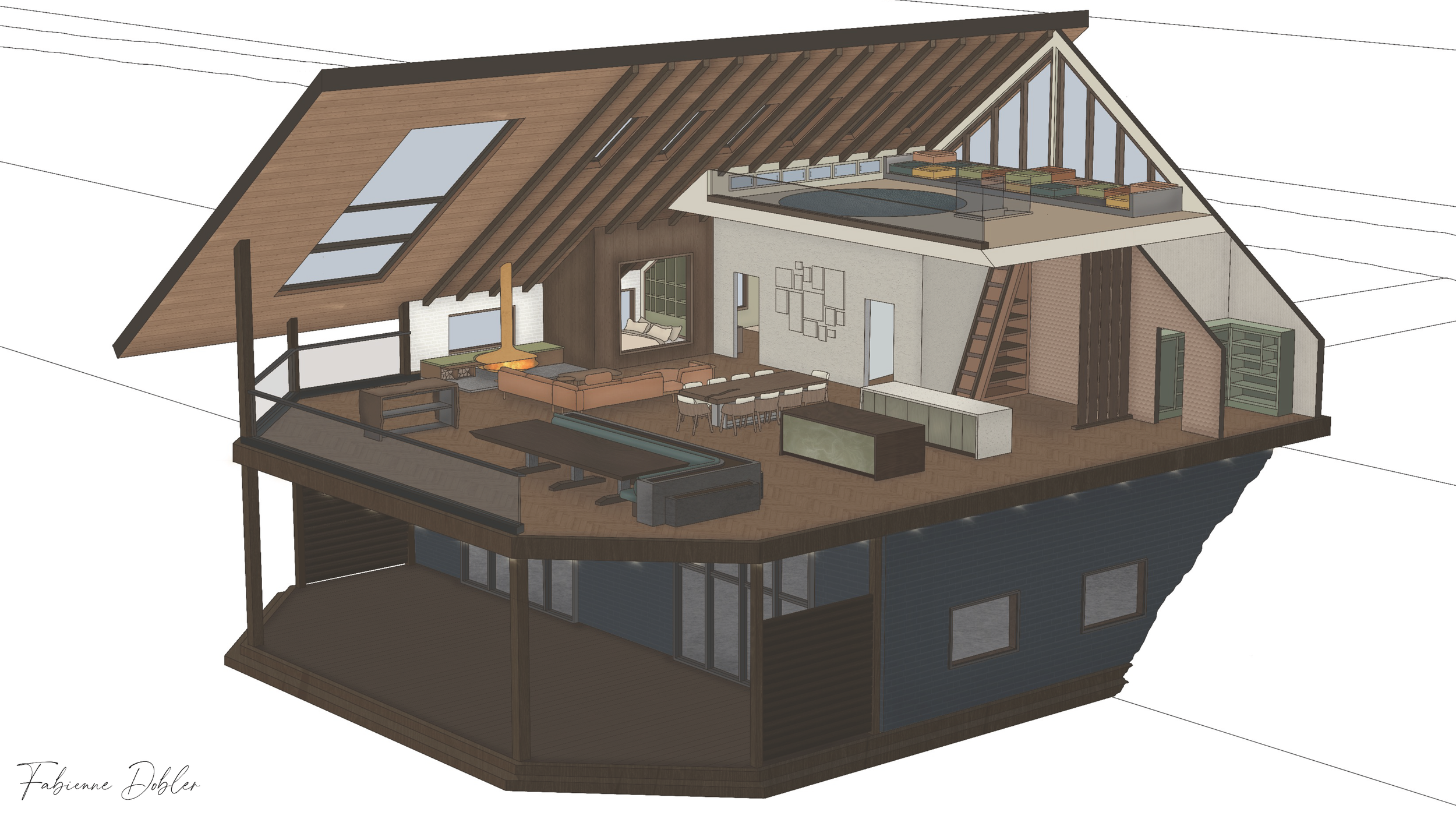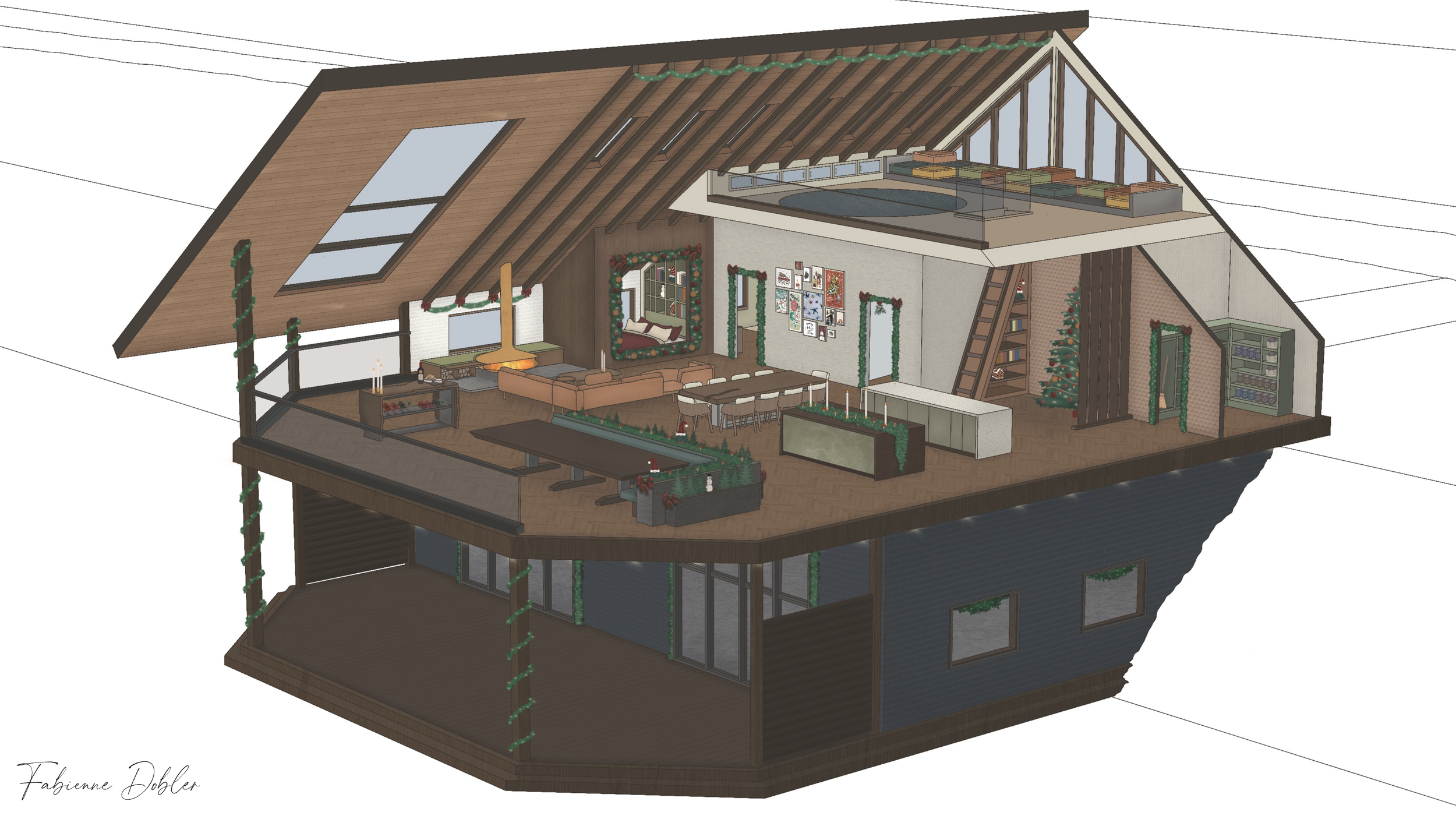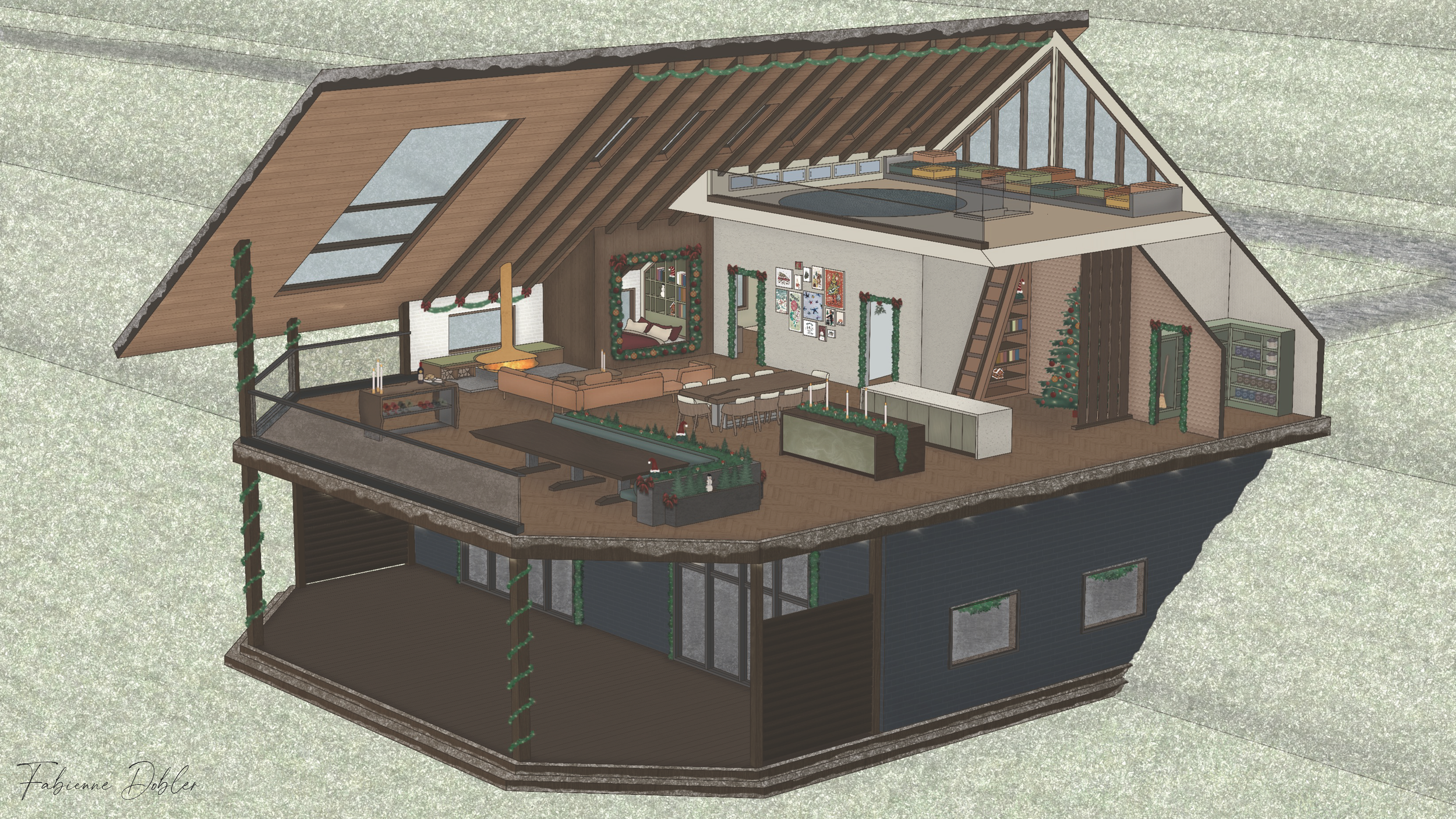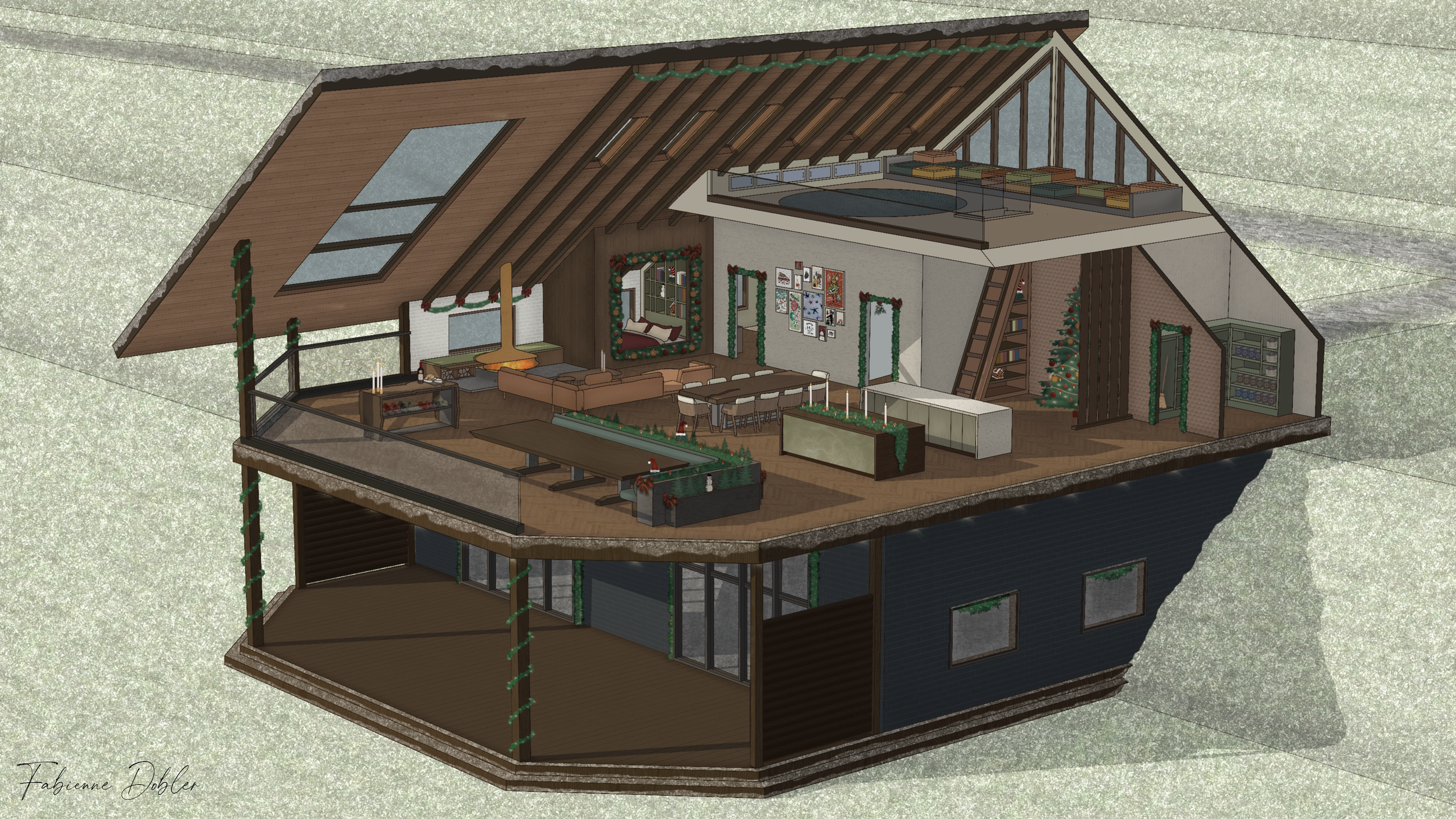Digital Artistry
Using Procreate has been a transformative experience for my artistic journey, providing a versatile platform to explore and experiment with various drawing styles. This digital tool allows me to seamlessly switch between different brushes, textures, and colours. It encourages exploration and innovation, fostering a dynamic approach to art that continually evolves as I discover new techniques and refine my skills
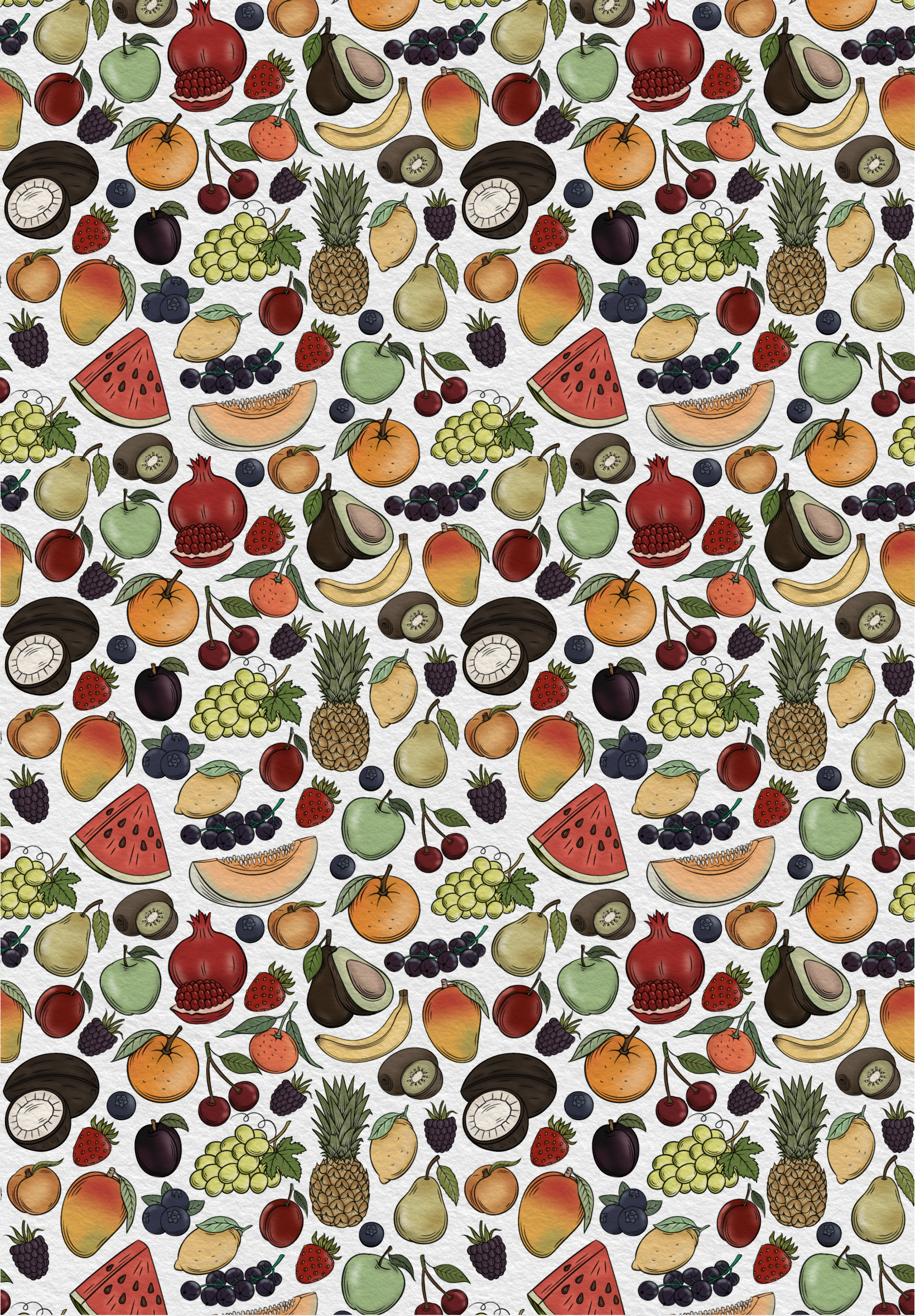
Design Workflow
A Visual Guide
I prepared a process board that documented each phase of my journey, from the initial concept to the finished piece. This visual representation provided a comprehensive overview of my thought process and design evolution. Reflecting on my work, I gained a deeper understanding of my creative approach and identified areas for future improvement.
-
For my 3D design assignment, I created a scaled-up replica of a perfume bottle, enlarging it ten times using cardboard. I began by analyzing the original bottle, taking precise measurements, and calculating the scaled-up dimensions. Detailed sketches from multiple angles helped me plan the accurate replication of specific features.
To mimic the transparency of glass, I devised a technique where I cut out the center sections of the cardboard structure. These cutouts were then covered with tinted plastic sheets, meticulously shaped to fit the openings. This innovative approach allowed me to replicate the bottle's see-through effect, enabling viewers to look through and appreciate the interior details as they would with a real glass bottle. Finishing touches included sanding rough edges, reinforcing joints, and painting the replica to match the original's colour and finish.
These methods not only enhanced the realism of the replica but also demonstrated my ingenuity in adapting materials to achieve a desired visual effect, showcasing my attention to detail and reinforcing my skills in measurement, construction, and working with scale, highlighting my ability to tackle complex design challenges creatively and precisely, enriching the overall presentation of my design project.
-
For my metal sculpture project, I embarked on creating a unique piece inspired by nature—a "Mychonid," or Mushroom Man, crafted primarily from repurposed items and metal. The body of the sculpture took shape using old wire, carefully manipulated and intertwined to form the humanoid structure. To represent the mushroom cap, I repurposed a lampshade creatively by cutting off the tassels at the bottom and shaping the fabric to resemble the distinctive rounded top of a mushroom. This choice not only added a whimsical touch but also ensured structural integrity and visual appeal, giving the cap a natural and organic appearance.
Additionally, I carved a walking stick to complement the character of the sculpture, emphasizing its organic and earthy theme. The process involved selecting and shaping wood to enhance the sculpture's narrative and provide a functional element. Integrating these repurposed items not only aligned with sustainable design principles but also added layers of creativity and storytelling to the artwork.
This "Mychonid" sculpture, with its blend of repurposed materials and artistic craftsmanship, has garnered attention for its unique concept and ecological message. It is currently being featured at Milner Gardens, where its presence enriches the natural beauty of the surroundings and engages viewers with its imaginative interpretation of nature. This exhibition not only showcases my dedication to innovative and sustainable art practices but also underscores the harmonious relationship between art and the environment.
Site Responsive Design
Drawing a site-responsive design from scratch involves a meticulous process of conceptualization, planning, and execution to ensure the final product harmoniously integrates with its surroundings. Beginning with thoroughly analyzing the site's characteristics—such as its architecture, landscape, and environmental conditions—I carefully sketch initial ideas to capture the essence and functionality required. This initial phase allows for flexibility and exploration of various design elements, such as layout, materials, and interactive features.
Click Through the Process



